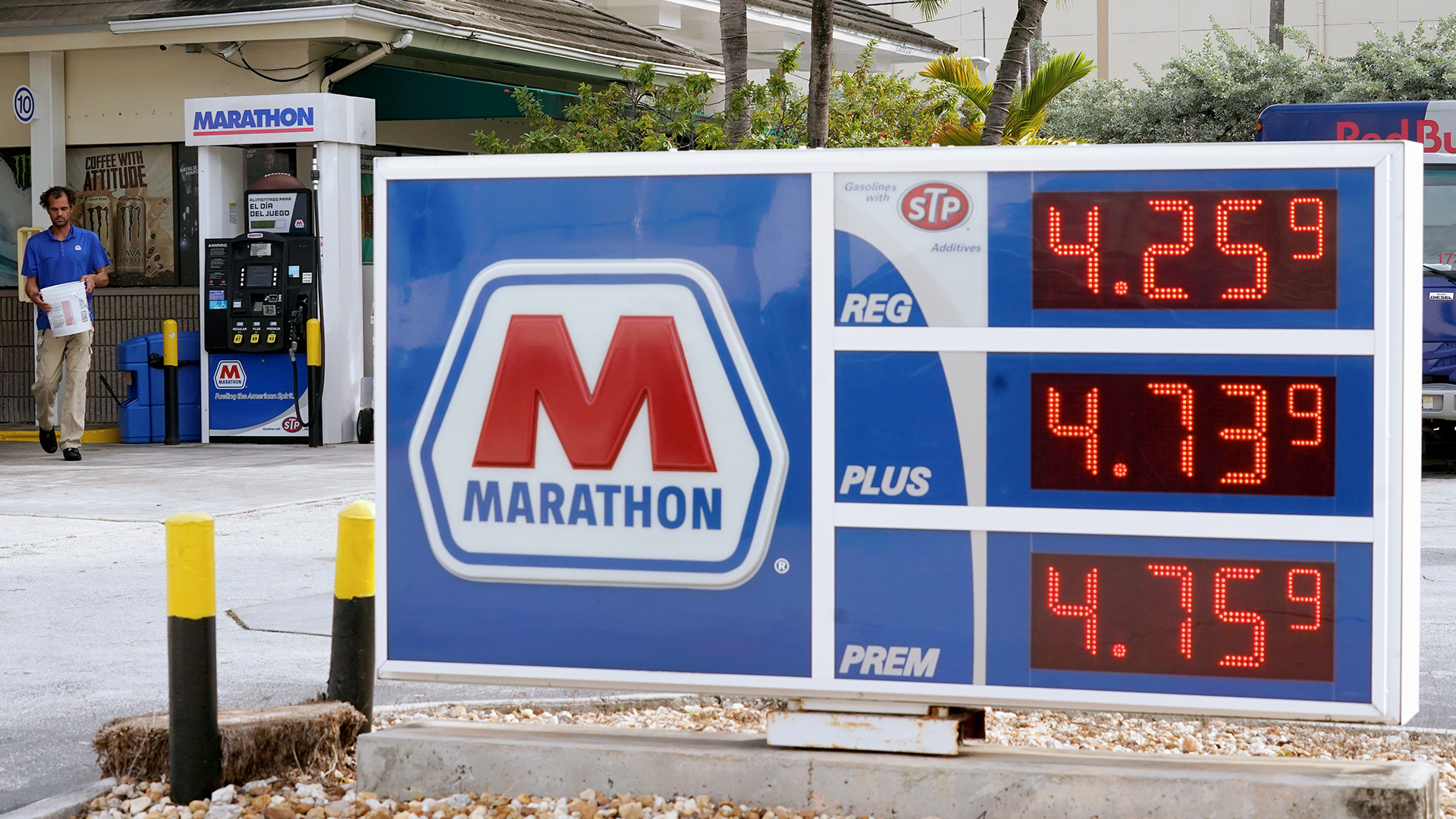
WASHINGTON (AP) – Prices for U.S. consumers jumped 6.8% in November compared with a year earlier as surging costs for food, energy, housing and other items left Americans enduring their highest annual inflation rate in 39 years.
The Labor Department also reported Friday that prices rose 0.8% from October to November – a substantial increase, though slightly less than 0.9% increase from September to October.
Inflation has been inflicting a heavy burden on consumers, especially lower-income households and particularly for everyday necessities. It has also negated the higher wages many workers have received, complicated the Federal Reserve’s plans to reduce its aid for the economy and coincided with flagging public support for President Joe Biden, who has been taking steps to try to ease inflation pressures.
Fueling the inflation has been a mix of factors resulting from the swift rebound from the pandemic recession: A flood of government stimulus, ultra-low rates engineered by the Fed and supply shortages at factories in the U.S and abroad. Manufacturers have been slowed by heavier-than-expected customer demand, COVID-related shutdowns and overwhelmed ports and freight yards.
Employers, struggling with worker shortages, have also been raising pay, and many of them have boosted prices to offset their higher labor costs, thereby adding to inflation.
The result has been price spikes for goods ranging from food and used vehicles to electronics, household furnishings and rental cars. The average price of a used vehicle rocketed nearly 28% from November 2020 to last month – to a record $29,011, according to data compiled by Edmunds.com.
The acceleration of prices, which began once the pandemic hit as Americans stuck at home flooded factories with orders for goods, has spread to services, from apartment rents and restaurant meals to medical services and entertainment. Even some retailers that built their businesses around the allure of ultra-low prices have begun boosting them.
Over the past 12 months, the costs paid by a typical American family have surged by roughly $4,000, according to calculations by Jason Furman, a Harvard economist and former Obama White House aide.
Though Americans’ overall income has also increased since the pandemic, a new poll found that far more people are noticing higher inflation than higher wages. Two-thirds say their household costs have risen since the pandemic, compared with only about a quarter who say their incomes have increased, according to the poll by The Associated Press-NORC Center for Public Affairs Research.
The 6.8% jump in prices for the 12 months that ended in November was the largest year-over-year increase since a 7.1% surge for the year ending in June 1982. That spike occurred at a time when the Federal Reserve had driven up interest rates to double digits in its effort to stem runaway inflation triggered by the oil price shocks of the 1970s.
The persistence of high inflation has surprised the Fed, whose chair, Jerome Powell, had for months characterized inflation as only “transitory,” a short-term consequence of bottlenecked supply chains. Two weeks ago, though, Powell signaled a shift, implicitly acknowledging that high inflation has endured longer than he expected. He suggested that the Fed will likely act more quickly to phase out its ultra-low-rate policies than it had previously planned.
Driving much of the inflation last month were energy prices, particularly gasoline pump prices, which are up a dizzying 58.1% from a year ago. The costs of housing, food, vehicles, airline tickets, clothing and household furnishings were also big contributors to the November price surge.
Copyright 2021 The Associated Press. All rights reserved.
The remainder of this article is available in its entirety at CBN